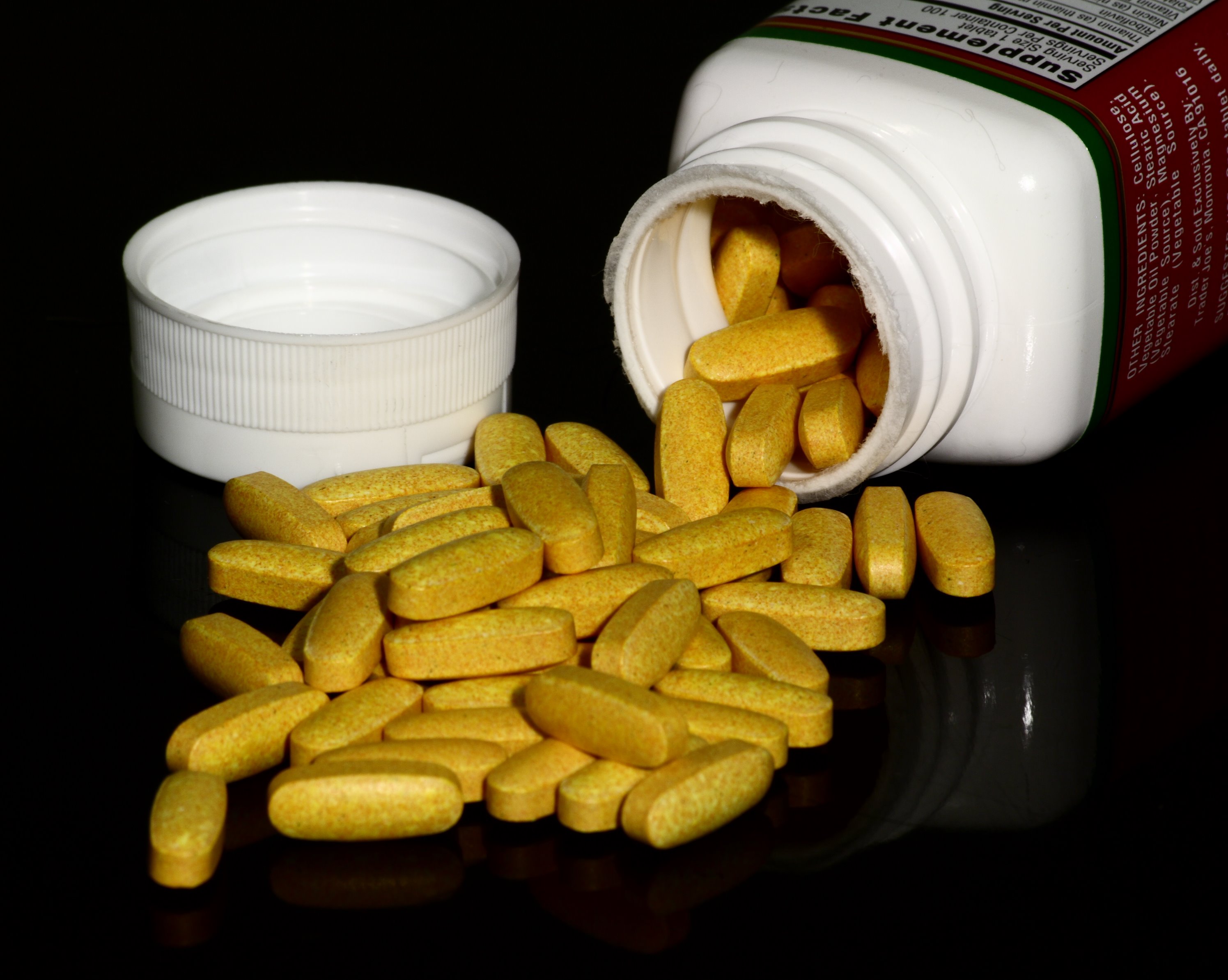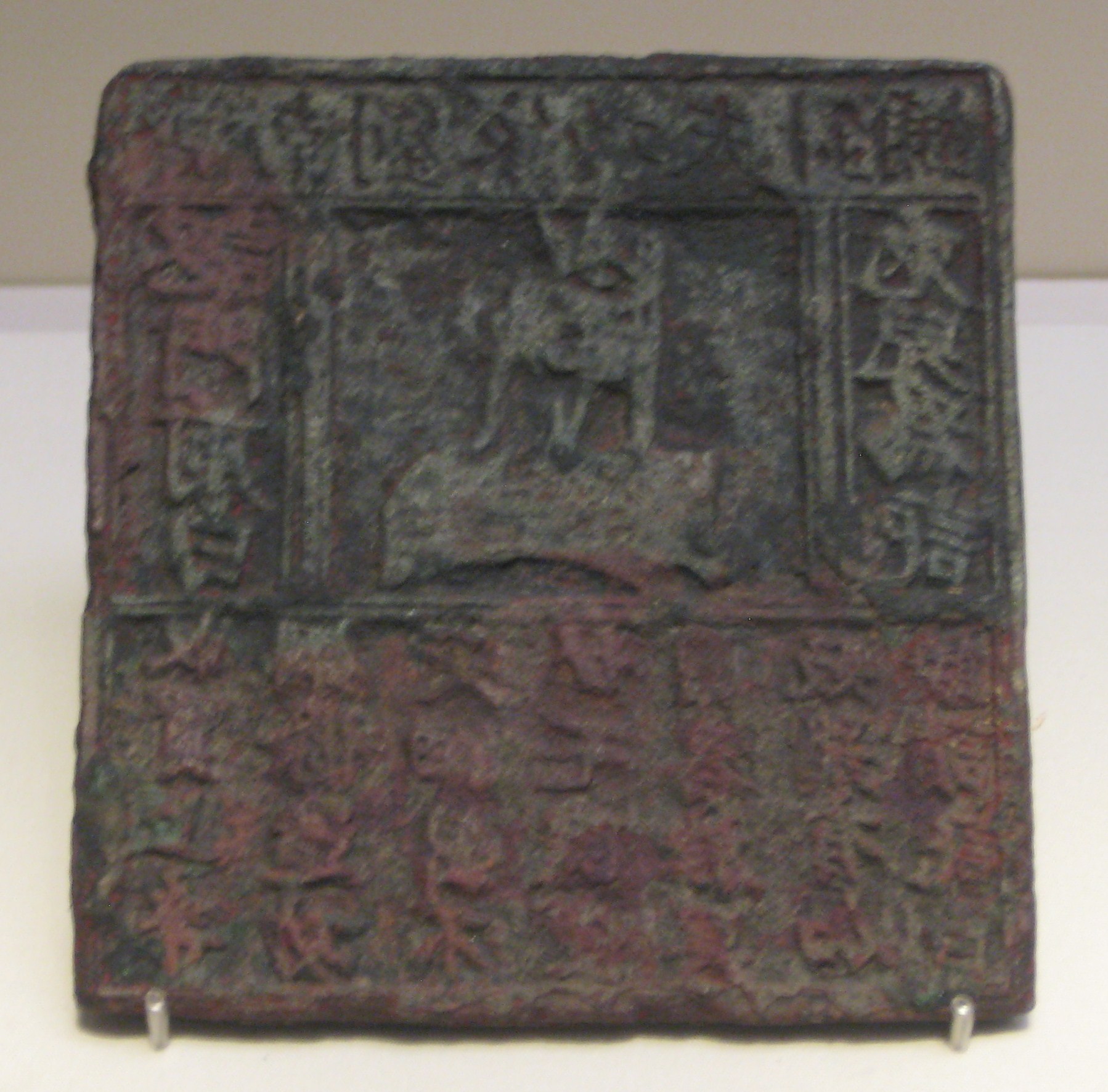|
Angel Dusting
Angel dusting is the misleading marketing practice of including a minuscule amount of an active ingredient in a cosmetic, cosmeceutical, dietary supplement, food product, or nutraceutical, insufficient to give any measurable benefit. The advertising materials may claim that the ingredient is helpful and that the ingredient is contained in the product, both of which are true. However, no claim is made that the product contains enough of the active ingredient to have an effect – this is just assumed by the purchaser. See also * Homeopathy * False advertising * List of topics characterized as pseudoscience This is a list of topics that have been characterized as pseudoscience by academics or researchers, either currently or in the past. Detailed discussion of these topics may be found on their main pages. These characterizations were made in the c ... References Advertising techniques Marketing techniques {{ingredient-stub ... [...More Info...] [...Related Items...] OR: [Wikipedia] [Google] [Baidu] |
Marketing
Marketing is the act of acquiring, satisfying and retaining customers. It is one of the primary components of Business administration, business management and commerce. Marketing is usually conducted by the seller, typically a retailer or manufacturer. Products can be marketed to other businesses (B2B Marketing, B2B) or directly to consumers (B2C). Sometimes tasks are contracted to dedicated marketing firms, like a Media agency, media, market research, or advertising agency. Sometimes, a trade association or government agency (such as the Agricultural Marketing Service) advertises on behalf of an entire industry or locality, often a specific type of food (e.g. Got Milk?), food from a specific area, or a city or region as a tourism destination. Market orientations are philosophies concerning the factors that should go into market planning. The marketing mix, which outlines the specifics of the product and how it will be sold, including the channels that will be used to adverti ... [...More Info...] [...Related Items...] OR: [Wikipedia] [Google] [Baidu] |
Active Ingredient
An active ingredient is any ingredient that provides biologically active or other direct effect in the diagnosis, cure, mitigation, treatment, or prevention of disease or to affect the structure or any function of the body of humans or animals. The similar terms active pharmaceutical ingredient (abbreviated as API) and bulk active are also used in medicine. The term active substance may be used to describe the effective chemical used to control bacteria or pests. Some medication products can contain more than one active ingredient. The traditional word for the active pharmaceutical agent is pharmacon or pharmakon (from , adapted from '' pharmacos'') which originally denoted a magical substance or drug. The terms active constituent or active principle are often chosen when referring to the active substance of interest in a plant (such as salicylic acid in willow bark or arecoline in areca nuts), since the word "ingredient" can be taken to connote a sense of human agency (tha ... [...More Info...] [...Related Items...] OR: [Wikipedia] [Google] [Baidu] |
Cosmetics
Cosmetics are substances that are intended for application to the body for cleansing, beautifying, promoting attractiveness, or altering appearance. They are mixtures of chemical compounds derived from either Natural product, natural sources or created synthetically. Cosmetics have various purposes, including personal care, personal and skin care. They can also be used to conceal blemishes and enhance natural features (such as the eyebrows and eyelashes). Makeup can also add colour to a person's face, enhance a person's features or change the appearance of the face entirely to resemble a different person, creature, or object. People have used cosmetics for thousands of years for skin care and appearance enhancement. Visible cosmetics for both women and men have gone in and out of fashion over the centuries. Some early forms of cosmetics contained harmful ingredients such as lead that caused serious health problems and sometimes resulted in death. Modern commercial cosmetic ... [...More Info...] [...Related Items...] OR: [Wikipedia] [Google] [Baidu] |
Cosmeceutical
Cosmeceuticals are cosmetic products with bioactive ingredients purported to have medical benefits. In the US, there are no legal requirements to prove that these products live up to their claims. The name is a portmanteau of "cosmetics" and "pharmaceuticals". Nutricosmetics are related dietary supplement or food or beverage products with additives that are marketed as having medical benefits that affect appearance. Quasi-drug (labelled 医薬部外品 or 薬用) is a Japanese term that refer to many of the same products with functional claims, albeit regulation is stronger as pre-market approval from the Ministry of Health, Labour and Welfare is required. Criticism Consumers are willing to pay a premium for skin and hair care products that they perceive as high-performance. The term "cosmeceutical" is often used in cosmetic advertising and may be misleading to the consumer. If the consumer interprets a "cosmeceutical" or "nutricosmetic" to be similar to a pharmaceutical ... [...More Info...] [...Related Items...] OR: [Wikipedia] [Google] [Baidu] |
Dietary Supplement
A dietary supplement is a manufactured product intended to supplement a person's diet by taking a pill (pharmacy), pill, capsule (pharmacy), capsule, tablet (pharmacy), tablet, powder, or liquid. A supplement can provide nutrients either extracted from food sources, or that are synthetic (to increase the quantity of their consumption). The classes of nutrient compounds in supplements include vitamins, Dietary mineral, minerals, Dietary fiber, fiber, fatty acids, and amino acids. Dietary supplements can also contain substances that have not been confirmed as being essential to life, and so are not ''nutrients'' per se, but are marketed as having a beneficial biological effect, such as plant pigments or polyphenols. Animals can also be a source of supplement ingredients, such as collagen from chickens or fish for example. These are also sold individually and in combination, and may be combined with nutrient ingredients. The European Commission has also established harmonize ... [...More Info...] [...Related Items...] OR: [Wikipedia] [Google] [Baidu] |
Food
Food is any substance consumed by an organism for Nutrient, nutritional support. Food is usually of plant, animal, or Fungus, fungal origin and contains essential nutrients such as carbohydrates, fats, protein (nutrient), proteins, vitamins, or Mineral (nutrient), minerals. The substance is Ingestion, ingested by an organism and assimilated by the organism's Cell (biology), cells to provide energy, maintain life, or stimulate growth. Different species of animals have different List of feeding behaviours, feeding behaviours that satisfy the needs of their metabolisms and have evolved to fill a specific ecological niche within specific geographical contexts. Omnivore, Omnivorous humans are highly adaptable and have adapted to obtaining food in many different ecosystems. Humans generally use cooking to prepare food for consumption. The majority of the food energy required is supplied by the industrial food industry, which produces food through Intensive farming, intensive agricu ... [...More Info...] [...Related Items...] OR: [Wikipedia] [Google] [Baidu] |
Nutraceutical
Nutraceutical is a terminology evolved scientifically & also through marketing which is used to imply a pharmaceutical effect from plant extracts, compounds, food products which have efficacy and therapeutic influence on clinical outcomes and patient care largely through supplements. In the United States, nutraceuticals are considered and regulated as a subset of foods (such as dietary supplements) by the Food and Drug Administration (FDA). The same is widely accepted in Europe and parts of Asia and Africa. Regulation Nutraceuticals are treated differently in different jurisdictions. Canada Under Canadian law, a nutraceutical can be marketed as either a food or a drug; the terms "nutraceutical" and "functional food" have no legal distinction, as both refer to "a product isolated or purified from foods that is generally sold in medicinal forms not usually associated with food ndis demonstrated to have a physiological benefit or provide protection against chronic disease." Unite ... [...More Info...] [...Related Items...] OR: [Wikipedia] [Google] [Baidu] |
Marketing Claim
Advertising slogans are short phrases used in advertising campaigns to generate publicity and unify a company's marketing strategy. The phrases may be used to attract attention to a distinctive product feature or reinforce a company's brand. Etymology and nomenclature According to the 1913 ''Webster's Dictionary'', a slogan derives from the Scottish Gaelic "", a battle cry. Its contemporary definition denotes a distinctive advertising motto or advertising phrase used by any entity to convey a purpose or ideal. This is also known as a catchphrase. Taglines, or tags, are American terms describing brief public communications to promote certain products and services. In the UK, they are called ''end lines'' or ''straplines.'' In Japan, advertising slogans are called or . Format Most corporate advertisements are short, memorable phrases, often between three and five words. Slogans adopt different tones to convey different meanings. For example, funny slogans can enliven conversatio ... [...More Info...] [...Related Items...] OR: [Wikipedia] [Google] [Baidu] |
Homeopathy
Homeopathy or homoeopathy is a pseudoscientific system of alternative medicine. It was conceived in 1796 by the German physician Samuel Hahnemann. Its practitioners, called homeopaths or homeopathic physicians, believe that a substance that causes symptoms of a disease in healthy people can cure similar symptoms in sick people; this doctrine is called ''similia similibus curentur'', or "like cures like". Homeopathic preparations are termed ''remedies'' and are made using homeopathic dilution. In this process, the selected substance is repeatedly diluted until the final product is chemically indistinguishable from the diluent. Often not even a single molecule of the original substance can be expected to remain in the product. Between each dilution homeopaths may hit and/or shake the product, claiming this makes the diluent "remember" the original substance after its removal. Practitioners claim that such preparations, upon oral intake, can treat or cure disease. All relevant ... [...More Info...] [...Related Items...] OR: [Wikipedia] [Google] [Baidu] |
False Advertising
False advertising is the act of publishing, transmitting, distributing or otherwise publicly circulating an advertisement containing a false claim, or statement, made intentionally, or recklessly, to promote the sale of property, goods or services. A false advertisement can be classified as deceptive if the advertiser deliberately misleads the consumer, rather than making an unintentional mistake. A number of governments use regulations or other laws and methods to limit false advertising. Types of deception False advertising can take one of two broad forms: an advertisement may be factually wrong, or intentionally misleading. Both types of false advertising may be presented in a number of ways. Photo manipulation Photo manipulation is a technique often used in the cosmetics field and for weight loss commercials to advertise false (or non-typical) results and give consumers a false impression of a product's capabilities. Photo manipulation can alter the audience's percep ... [...More Info...] [...Related Items...] OR: [Wikipedia] [Google] [Baidu] |
List Of Topics Characterized As Pseudoscience
This is a list of topics that have been characterized as pseudoscience by academics or researchers, either currently or in the past. Detailed discussion of these topics may be found on their main pages. These characterizations were made in the context of educating the public about questionable or potentially fraudulent or dangerous claims and practices, efforts to define the nature of science, or humorous parodies of poor scientific reasoning. Criticism of pseudoscience, generally by the scientific community or skeptical organizations, involves critiques of the logical, methodological, or rhetorical bases of the topic in question. Though some of the listed topics continue to be investigated scientifically, others were only subject to scientific research in the past and today are considered refuted, but resurrected in a pseudoscientific fashion. Other ideas presented here are entirely non-scientific, but have in one way or another impinged on scientific domains or practices. Ma ... [...More Info...] [...Related Items...] OR: [Wikipedia] [Google] [Baidu] |
Advertising Techniques
Advertising is the practice and techniques employed to bring attention to a product or service. Advertising aims to present a product or service in terms of utility, advantages, and qualities of interest to consumers. It is typically used to promote a specific good or service, but there are a wide range of uses, the most common being commercial advertisement. Commercial advertisements often seek to generate increased consumption of their products or services through " branding", which associates a product name or image with certain qualities in the minds of consumers. On the other hand, ads that intend to elicit an immediate sale are known as direct-response advertising. Non-commercial entities that advertise more than consumer products or services include political parties, interest groups, religious organizations, and governmental agencies. Non-profit organizations may use free modes of persuasion, such as a public service announcement. Advertising may also help to ... [...More Info...] [...Related Items...] OR: [Wikipedia] [Google] [Baidu] |






